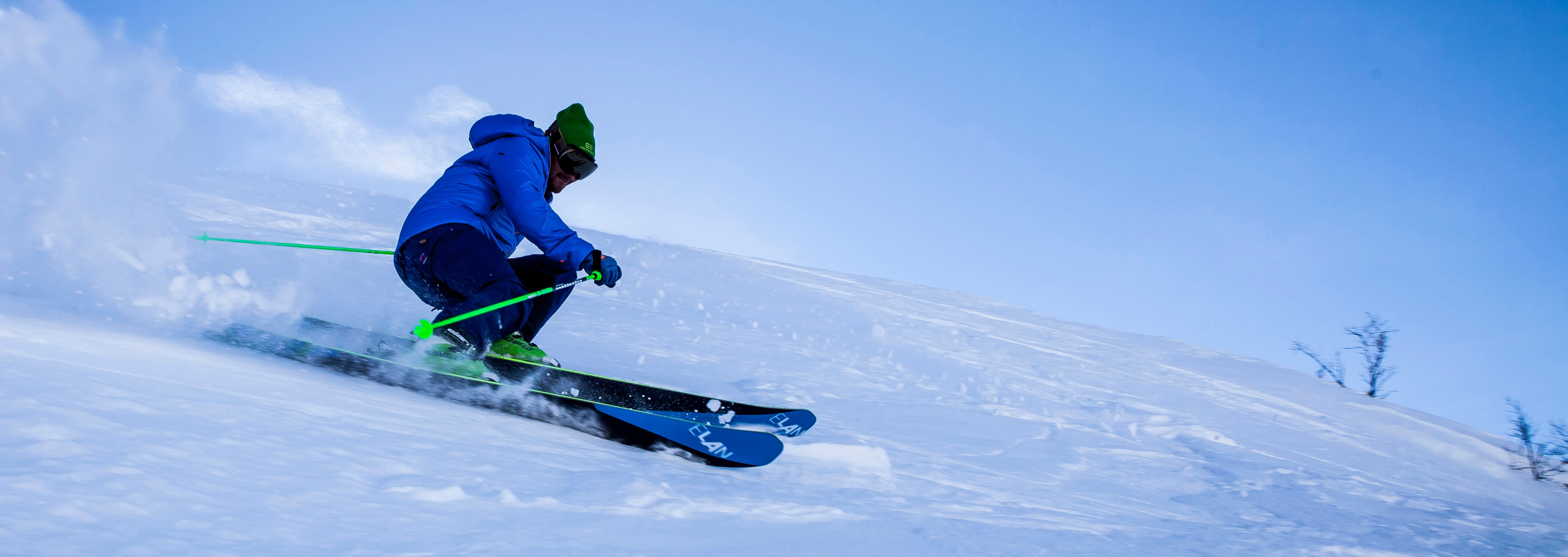When people come to Colorado, you might notice a ton of people that love to bring their furry dog companions with them where ever they go. Dogs and Colorado go pretty hand in hand. However, before you decide to bring your furry friend with you on all the adventures, make sure a few things are in order beforehand.
 Take a trip to the vet: If you have a puppy, always consult your vet before tackling a new big physical activity. Puppies are not immediately ready for the trail. Vets make sure your pup is up on its vaccines, and when your dog can start really exploring. Their immune system will not be ready for a long hike immediately. Make sure to take the time your puppy needs to adjust.
Take a trip to the vet: If you have a puppy, always consult your vet before tackling a new big physical activity. Puppies are not immediately ready for the trail. Vets make sure your pup is up on its vaccines, and when your dog can start really exploring. Their immune system will not be ready for a long hike immediately. Make sure to take the time your puppy needs to adjust.
Furthermore, living in the city, you might not worry about their drinking water, but while hiking, you will want to make sure they are protected from diseases that can be in lake, stream, and pond water. This might require more shots for your pup to keep them safe. Finally, a growing puppy needs time to grow and develop. Their bones and muscles are not initially ready for strenuous hikes. Make sure to also talk to your vet about reasonable hiking patterns in a younger puppy.
Food and Water Planning: If you are planning on bringing your furry companion, make sure to pack food and water for them as well as for yourself Also, water your dog frequently so they do not try to gulp water too quickly. Letting your dog take huge gulps can cause water intoxication. Keep in mind: if you are getting hungry and thirsty, more than likely your dog is too. If going on a multi-day backpacking trip, make sure to pack more food than you would usually feed your dog. They are exerting themselves much more than usual, and the extra fuel will be very helpful for their health and stamina.
Leave no Trace: This goes the same for humans and for dogs. Pack out dog poop bags and do not leave them on the trail. Pack their waste out with you, or make sure to bury their poop 200 feet away from the trail and the same distance away from water sources. When you do bury dog waste, make sure to dig the hole about 6-8 inches deep.
Deciding to use a pack: If you are thinking about getting a pack for your pouch, most important is to make sure it fits properly, the weight is evenly distributed, and that you do not give your dog too much weight to carry too soon. Just like people, dogs need to build up their strength and endurance over time. They need time to grow and develop muscles, so if you decide to get your dog a pack, keep this in mind. Furthermore, you should really wait until your dog is fully grown before adding a pack to your pup. Start off light. First start by getting you dog used to the pack. Take them on walks with it empty to start, then slowly add more weight as time progresses. Finally, a maximum of 25 percent of your dogs’ weight is a rough guideline for how much they can handle. However, their age, strength, and size may alter these numbers, so plan on asking your vet what they think will be best. Once they are ready for their pack, they can carry their food, water, jacket, first aid kit, and any other essentials you might need for your pup.
Bringing your furry sidekick will make for some amazing memories. Your pup will love coming with you on your adventures through the mountains. Just like you must get in shape for longer hikes, your pup does too. By simply planning and talking to your vet before you tackle a big adventure, you will be helping your dog stay out of harm’s way.



